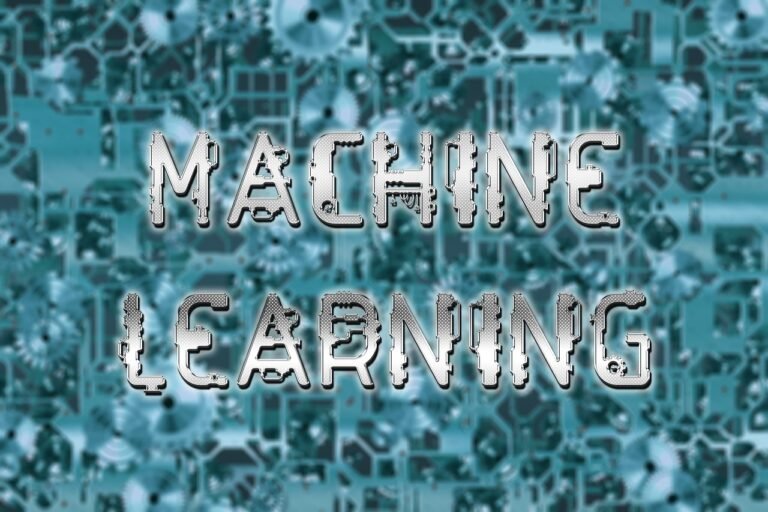
Introduction
Machine Learning (ML) is a transformative technology that powers everything from recommendation systems to self-driving cars. With ML, computers can learn from data and make predictions or decisions without explicit programming. Whether you’re a beginner or just curious about how ML works, this crash course will walk you through the basics and help you understand the core concepts of machine learning.
What is Machine Learning?
At its core, machine learning is a subset of artificial intelligence (AI) that enables systems to learn and improve from experience. Rather than being programmed with specific instructions, ML algorithms analyze data, identify patterns, and make predictions based on what they’ve learned. There are three primary types of machine learning:
- Supervised Learning: In this approach, the model is trained on a labeled dataset, meaning each example in the training data has a corresponding output. Common supervised learning tasks include classification (e.g., spam detection) and regression (e.g., predicting house prices).
- Unsupervised Learning: Here, the model works with unlabeled data and must identify patterns and relationships within it. Clustering (e.g., customer segmentation) and dimensionality reduction (e.g., data compression) are typical unsupervised learning tasks.
- Reinforcement Learning: This method involves training an agent to make decisions by rewarding or penalizing it based on the actions it takes. It’s commonly used in robotics and game-playing scenarios, like training an AI to play chess or navigate an environment.
Key Concepts in Machine Learning
- Datasets and Data Preprocessing
- Machine learning relies on data. The quality and quantity of data significantly impact the model’s performance. Data preprocessing, such as cleaning, normalizing, and splitting data into training and test sets, is essential for building effective models.
- Features and Labels
- Features are the input variables that the model uses to make predictions. In supervised learning, labels are the target variables that the model learns to predict.
- Algorithms and Models
- ML algorithms are the mathematical frameworks used to train models. Some common algorithms include Linear Regression, Decision Trees, and Neural Networks. Choosing the right algorithm depends on the problem type and dataset.
- Training, Testing, and Validation
- Models are trained on a portion of the dataset, and their performance is evaluated on a separate test set to ensure they generalize well to new data. Validation techniques, like cross-validation, help in fine-tuning the model.
- Evaluation Metrics
- Various metrics assess model performance, including accuracy, precision, recall, F1 score, and mean squared error. Choosing the right metric depends on the problem at hand.
Getting Started with Machine Learning
If you’re interested in diving into machine learning, here are some steps to get started:
- Learn the Basics of Python and Libraries
- Python is the most popular language for ML. Familiarize yourself with libraries like NumPy, Pandas, Matplotlib, and scikit-learn, which provide essential tools for data manipulation and analysis.
- Practice with Open Datasets
- Platforms like Kaggle and UCI Machine Learning Repository offer free datasets for practice. Start with simple datasets, such as the Iris dataset for classification or the Boston Housing dataset for regression.
- Build a Simple Model
- Choose a problem type (e.g., classification or regression) and experiment with a basic model using scikit-learn. Follow the process of loading data, preprocessing, training, and evaluating your model.
- Experiment with Algorithms
- Try different algorithms to see which ones work best for your problem. Compare their performance and learn how to fine-tune models by adjusting hyperparameters.
- Explore Advanced Topics
- Once you’re comfortable with the basics, delve into deep learning, neural networks, and more complex algorithms like Random Forests and Support Vector Machines. Frameworks like TensorFlow and PyTorch are great for exploring advanced ML concepts.
Resources to Continue Learning
- Online Courses: Platforms like Coursera, edX, and Udacity offer beginner-friendly courses on machine learning, often taught by industry experts.
- Books: “Hands-On Machine Learning with Scikit-Learn, Keras, and TensorFlow” by Aurélien Géron is a highly recommended book for beginners.
- Communities and Forums: Engage with communities like Reddit’s r/MachineLearning and Stack Overflow to ask questions and learn from others.